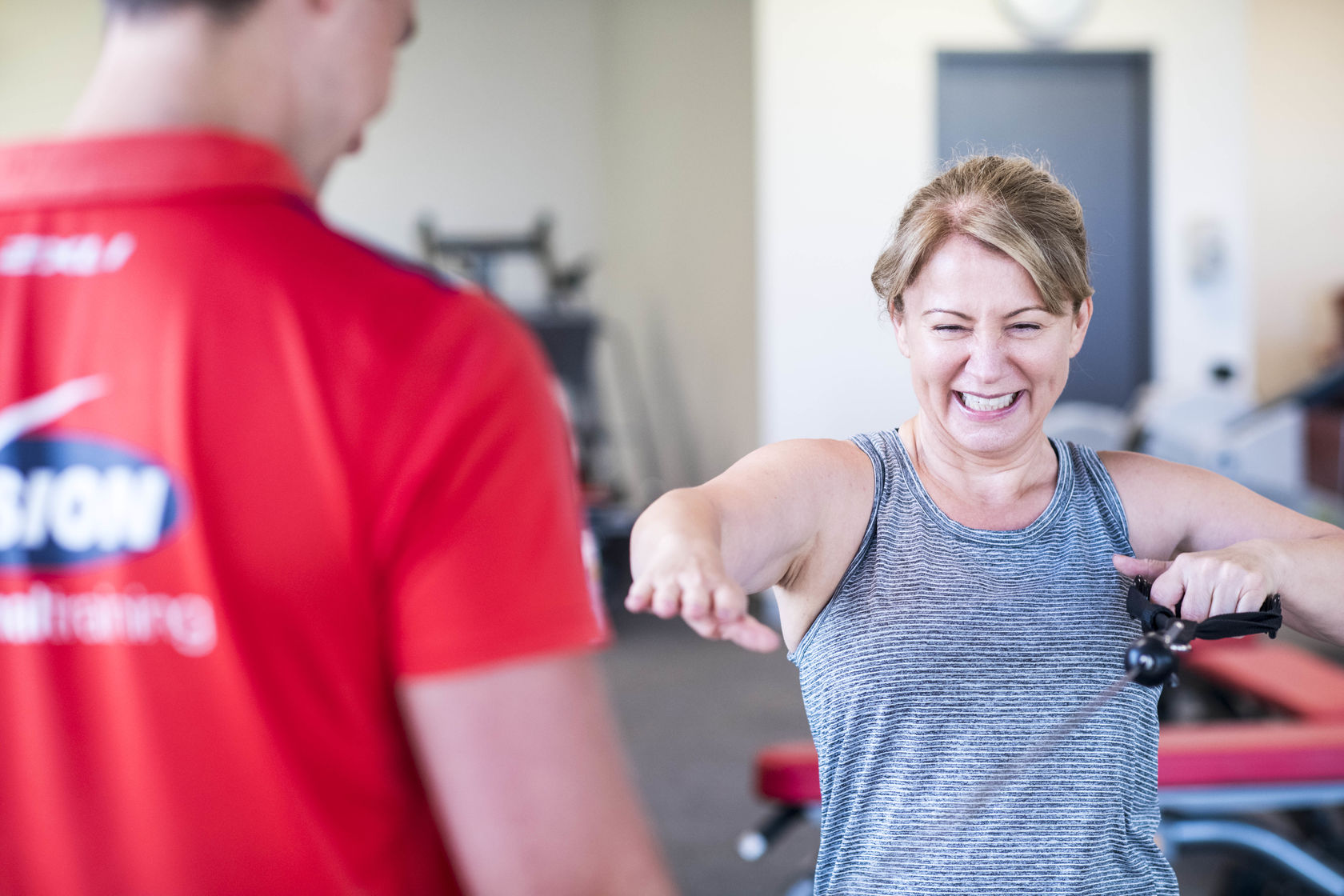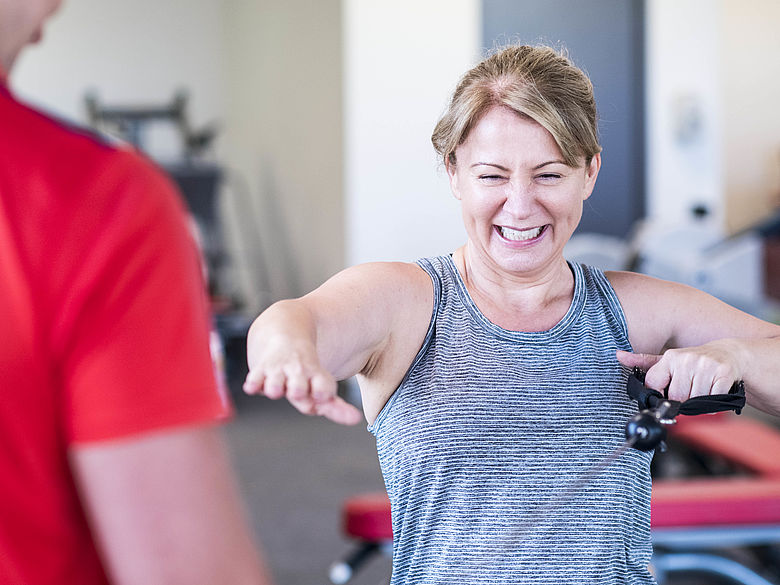Did you know that by stretching every day you can reduce muscle stiffness and muscle tension that you may get from your training sessions. I believe adding stretching and improving flexibility is just as important as completing your weight training or a high intensity workout.
As an elite gymnast for 15 years, I was taught to stretch every day. High levels of mobility have been shown to increase performance in gymnastics in the moves we had to perform. When performed correctly, stretching can prevent injury, relax the muscles and increase your range of motion (ROM) in your joints.
Stretching increases blood flow to the muscles and helps lubricate the joints by producing synovial fluid. It is important to stretch the target muscles before starting a fitness routine to get warm and help prevent the risk of injury. After your workout stretch out the main muscles that were used, this may help to reduce delayed onset of muscle soreness.
There are four types of stretching each with their own benefit
The most common technique is static stretching which is a stretch that you hold for about 10-30 seconds. Best practice is to use static stretching post workout, a great example of a static stretch is the hamstring stretch. Sit down with your legs straight out in front of you, from here lean forward to reach and touch your toes. If you can't get that far yet, don't worry start by reaching to your kneed or shins. You should feel a stretch behind your legs in your hamstrings and calf muscles, also in your lower back. Hold for 30 seconds.
- Dynamic stretching involves movements of increasing the range of motion at the specific joint to mimic a sports movement or activity. Only go to your own limits. To perform a dynamic stretch start by standing and holding one hand with your coach or holding onto a wall. Take one leg forward and let it swing behind you, then forward again. Start with 5-10 leg swings to free up the muscles and joint. Do each side.
- Ballistic stretching should only be done in the presence of a coach. It involves stretching the muscle past its normal range, by the use of bouncing. This will help with range of motion in your joints. Similar to dynamic stretching it is targeted at advanced levels of flexibility. An example used in this type of stretching would be the calf stretch on the edge of a box or step. Here you would drop your heels off the end and slightly bounce up and down to increase range in your muscles.
- Proprioceptive neuromuscular facilitation better known as PNF stretching is a technique that uses contracting and relaxing. The role of the coach here is to push down as you resist for 10 seconds then relax for 10 seconds. This stretch will allow you to go deeper and improve ROM. Start by laying on your back with one leg up. Your coach will help by holding your leg straight up in the air. Here you will push against your coach then relax, as you relax your coach will push your leg forward towards your upper body. When doing this stretch it is important to breathe out as you lower into it.
- The final dynamic considered important is known as mobility. Mobility is the ability to move freely and easily through a complete movement pattern of a joint. Stretching is an important factor in achieving good mobility. Mobility exercises are usually held a little longer so aim to hold for a minute. A great exercise that we do in our studio which requires good mobility is a back squat. If a client has poor mobility through the hip and ankle joints, the range of motion is limited. As a coach in these circumstances I recommend ankle and hip mobility exercises.
An example of a hip mobility exercise is a hip flexor stretch. The goal here is to improve (ROM). Set yourself up so you are down on one knee with the other leg in front of you with your knee bent at 90 degrees. Here you will lower yourself forward until you can feel a stretch in your hip flexor (front of the hip). Make sure your foot is in front of your knee, otherwise you may experience some pain in your knee. Hold for 1 minute each side.
An example of an ankle mobility exercise is standing on the edge of a box and dorsi flexing the foot (pushing heel into ground). If performed correctly you should feel a nice stretch from the bottom of the Achilles to the calf muscle.
Best practice to improve your flexibility and mobility would be to stretch every time you are going to exercise before and after. If you have a rest day a great recovery would be to have a 10 min stretching session, opening up those muscles and joints. Mobility exercises should be done twice a week to help you get greater range of motion.
If a vision client get yourself along to our weekly Revive sessions where we focus on aspects of flexibility, mobility and stretching.
*Disclaimer: Individual results vary based on agreed goals. Click here for details.

